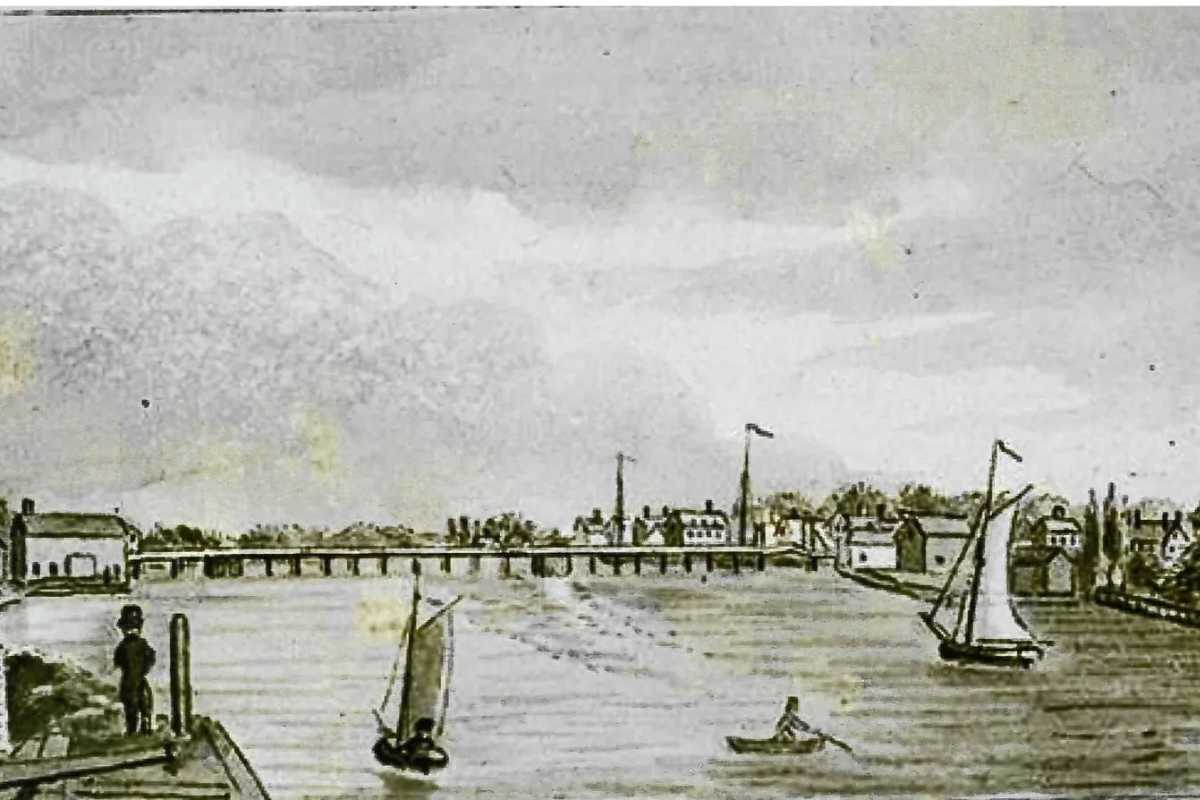The Saugatuck River was lined with merchants and docks in the 18th and 19th centuries. Both white, enslaved, and free black Westporters worked loading local farm goods onto ships heading up the coast to New Haven or Boston, or south toNew York. From New York the goods went on to the British West Indies and the American South to provide food, linens, and other supplies for the enslaved people who worked large plantations.
During the mid to late 1700s, John Hide Sr., who lived in the area of Long Lots Road, owned a store where his enslaved people likely worked. Ebenezer Coley, a prominent farmer with vast acreage in the area of Westport now known as Coleytown, owned at least five enslaved people. It is probable that some of them worked at his downtown store and dock at the building that still stands on the southwest corner of Main Street and Avery Place.
In the mid 19th century, black sailors found work on whaling vessels. Well into the 20th century, African Americans remained employed in maritime professions, particularly in the oystering trade. On land, African Americans shucked oysters for canning at large firms like Tallmadge Brothers Oyster Company, the largest commercial oystering operation of the late 19th and early 20th century.




Lovve this